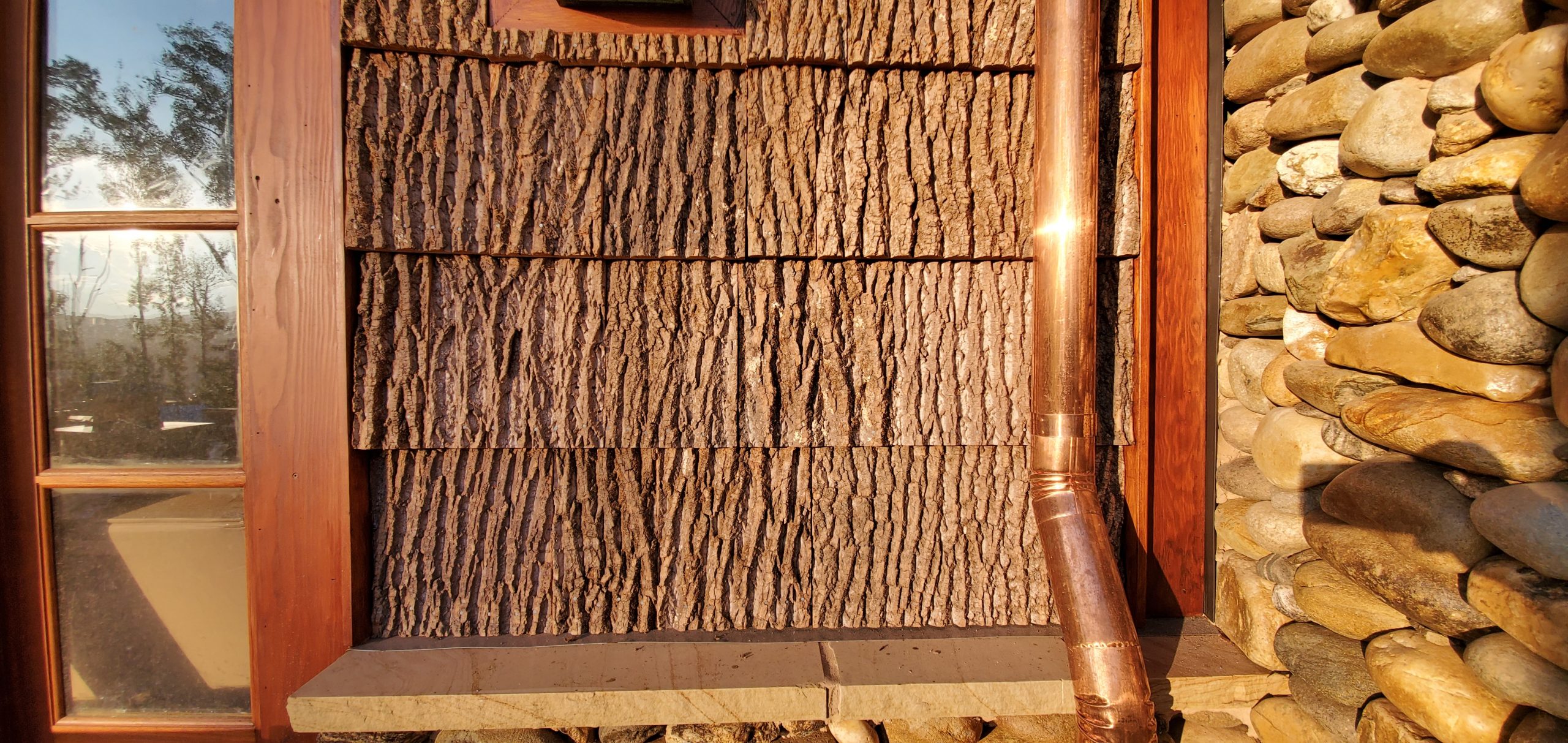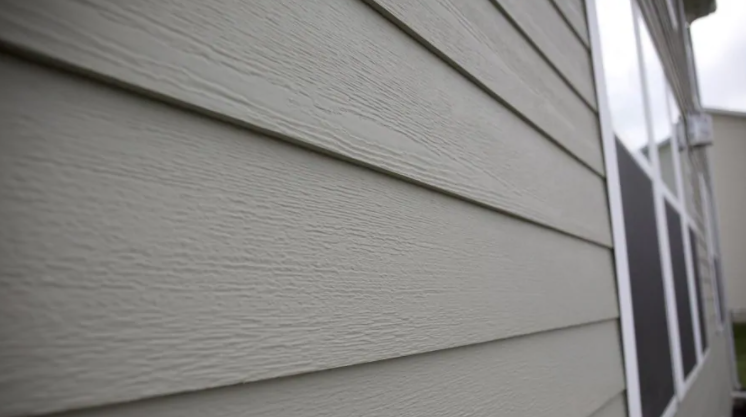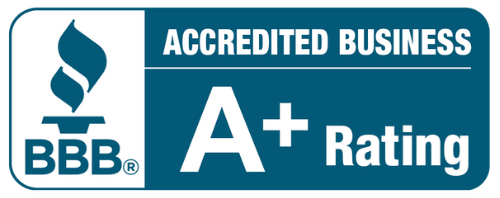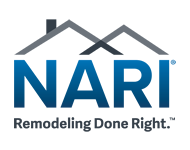
These days society is obsessed with natural materials. In recent years, we have seen the renaissance of health food stores, chemical free cleaning supplies, and premium pet food. The trend has also made its way to home building where more and more home owners and contractors are opting to install natural bark siding over synthetic siding options it seems it is a good time to compare the siding options you could have installed onto your home. Below are benefits and disadvantages of several siding options including natural bark siding, vinyl siding, metal siding, and fiber cement siding are all explored.
Natural Bark Siding

Natural bark siding is the most eco-friendly and durable siding option on the market. Natural bark siding also requires very little additional maintenance. In addition to these benefits, natural bark siding also fortifies a home’s insulation, provides a natural look, and is completely water resistant when properly installed. After reading about the benefits of natural bark siding, it may be hard for you to imagine an instance where it is not the best house siding for your property. The most alarming downside to installing natural bark siding on your home is its cost. However, while the smaller price tag of several synthetic siding options is quite attractive, each of these options have their own flaws. These flaws are discussed below.
Vinyl Siding
Vinyl siding has been the most popular siding choice for residential properties since before the 1960’s. Composed primarily of PVC resin, vinyl siding is cheap, widely available, and easy to install. Vinyl siding also comes in a variety of styles and colors that allow homeowners to customize the look of their home to match various elements like their custom garage doors. However, despite being the most popular siding choice for decades, vinyl siding does not provide any additional insulation to a home, is not as durable as natural siding, and is susceptible to wind and fire damage. Vinyl siding, largely due to its composition, is also susceptible to fading after years in the sun.

Metal Siding
When vinyl siding began to rise in popularity, metal siding started to decline. At one point metal siding was the premier choice for a property due to its durability and general ability to propel rain, wind, and fire damage. Normally metal siding options are constructed of corrugated aluminum or steel.
The flaws associated with corrugated aluminum or steel siding are its lack of insulation, limited color and style options, tendency to dent and bend, and the amount of work associated with repairs. Overall, metal siding options are also more expensive than most siding options.
Fiber Cement Siding

Another popular siding option, fiber cement siding started to become popular during the 1980’s in response to a call for a replacement to the synthetic vinyl siding options. Fiber cement siding is constructed of layers of cellulose fibers, sand, and cement, which are all compacted to increase its durability and performance. Fiber cement siding is also available in a few different color and style options. Overall, when compared to vinyl siding, fiber cement siding is more eco-friendly, but when compared with natural bark siding it falls flat. Fiber cement siding is also very heavy and expensive. The production of fiber cement siding is also troubling for several reasons; cement requires vast amounts of water for its production, and silica dust is released when the fiber cement siding is cut. This dust is unhealthy to inhale.
Compare Your Options
If you are looking for a natural, eco-friendly, and durable siding option for your home, you cannot do better than a natural bark siding. Vinyl siding, metal siding, and fiber cement siding all have their benefits as well. However, across the board natural bark siding is the best option.
Matt Lee is the owner of the Innovative Building Materials blog and a content writer for the building materials industry. He is focused on helping fellow homeowners, contractors, and architects discover materials and methods of construction that save money, improve energy efficiency, and increase property value.











